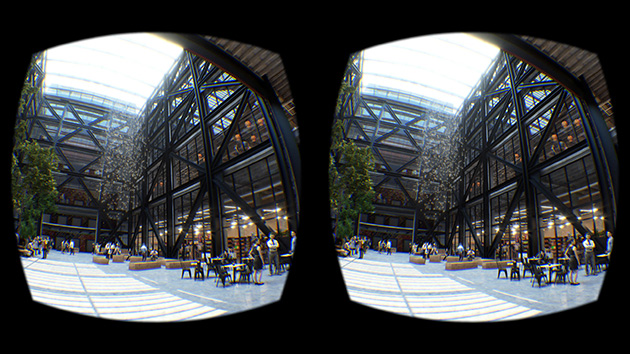Chaos Group released V-Ray 3.2 for 3ds Max, a free update that adds VR rendering capability and new features for V-Ray RT GPU. Watch the demo video, below, for a quick look at the new release in action, or read on for more details.
The new version of V-Ray for 3ds Max adds two VR camera types, allowing users to render stereo cube maps and spherical stereo images for viewing on VR headsets such as the Oculus Rift and Samsung's Gear VR.
Meanwhile, V-Ray RT GPU is the first commercial licensee of Nvidia's Quasi-Monte Carlo sampling technology, which is enabled when using Nvidia's Cuda-based hardware. "We worked closely with Chaos Group to help bring our mutual customers a new level of rendering speed and interactive quality when running on Nvidia GPUs," said Philip Miller, senior director of advanced rendering products at Nvidia in a prepared statement.
Other features added to V-Ray RT GPU include anisotropic highlights, displacement maps, composite maps, output curves, texture baking, and support for Mari's UDIM system.
V-Ray 3.2 also includes volume grid support for OpenVOB, Field3D, and Phoenix FD, the ability to add or remove distributed rendering nodes on the fly, an updated light-cache algorithm, and geometry optimizations as well as Intel Embree support for 3ds Max hair and fur and V-Ray fur.
Chaos Group said V-Ray 3.2 for 3ds Max is a free update for all V-Ray 3.0 customers. A new build, 3.20.02, has just been released and is available for download.
Sections: Technology
Topics: New product 3ds max chaos group qmc rendering V-Ray v-ray rt gpu
Did you enjoy this article? Sign up to receive the StudioDaily Fix eletter containing the latest stories, including news, videos, interviews, reviews and more.

Leave a Reply